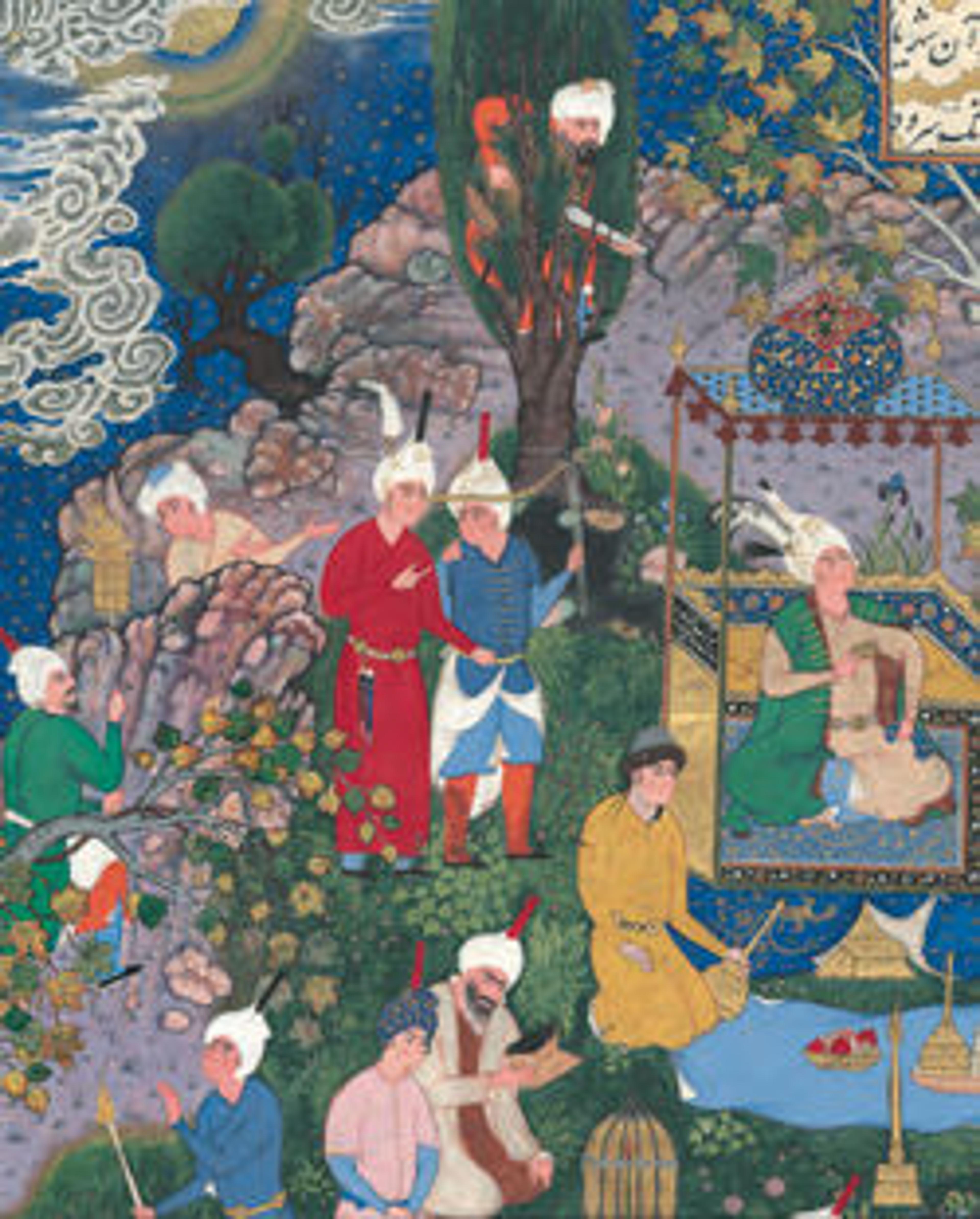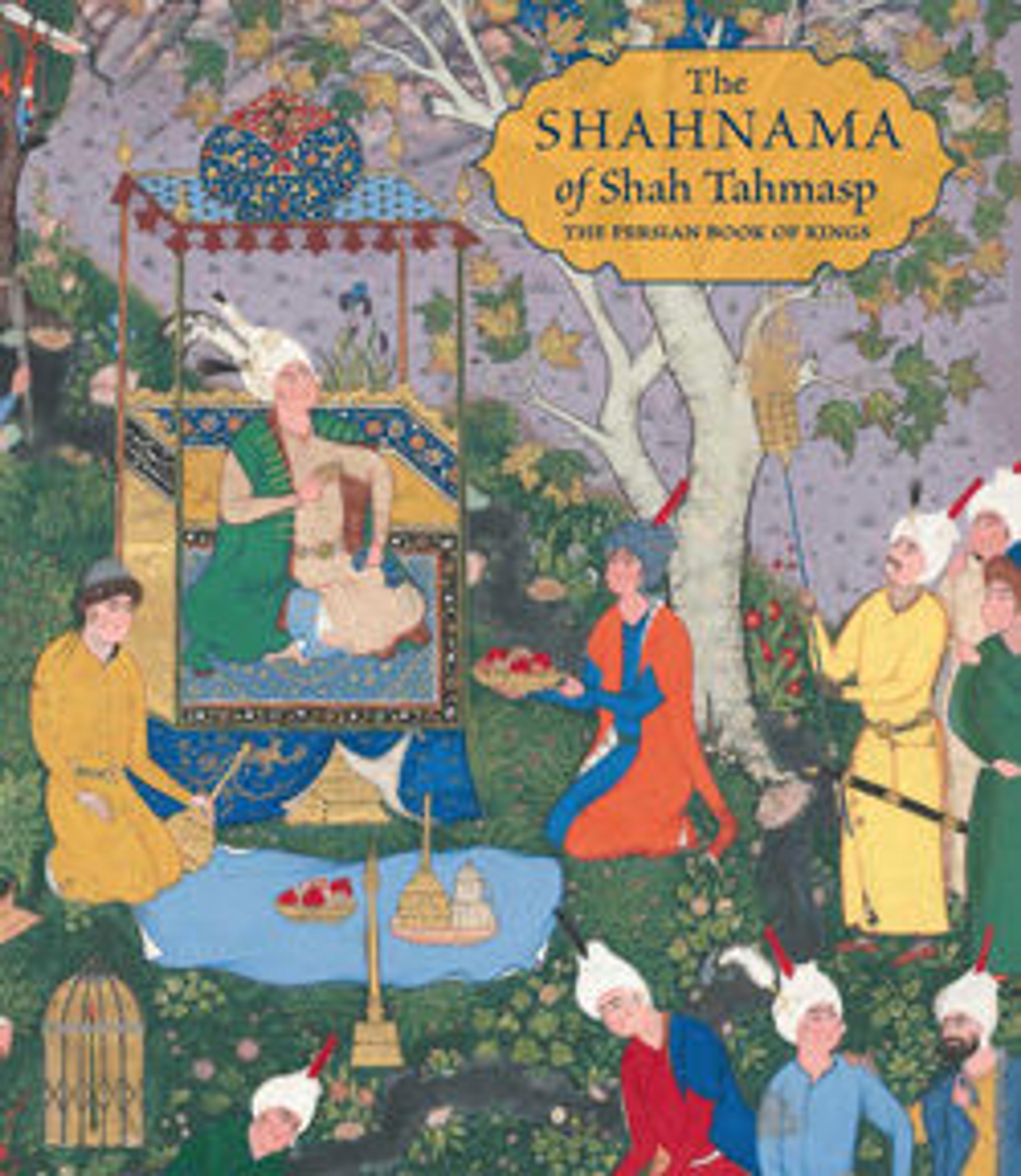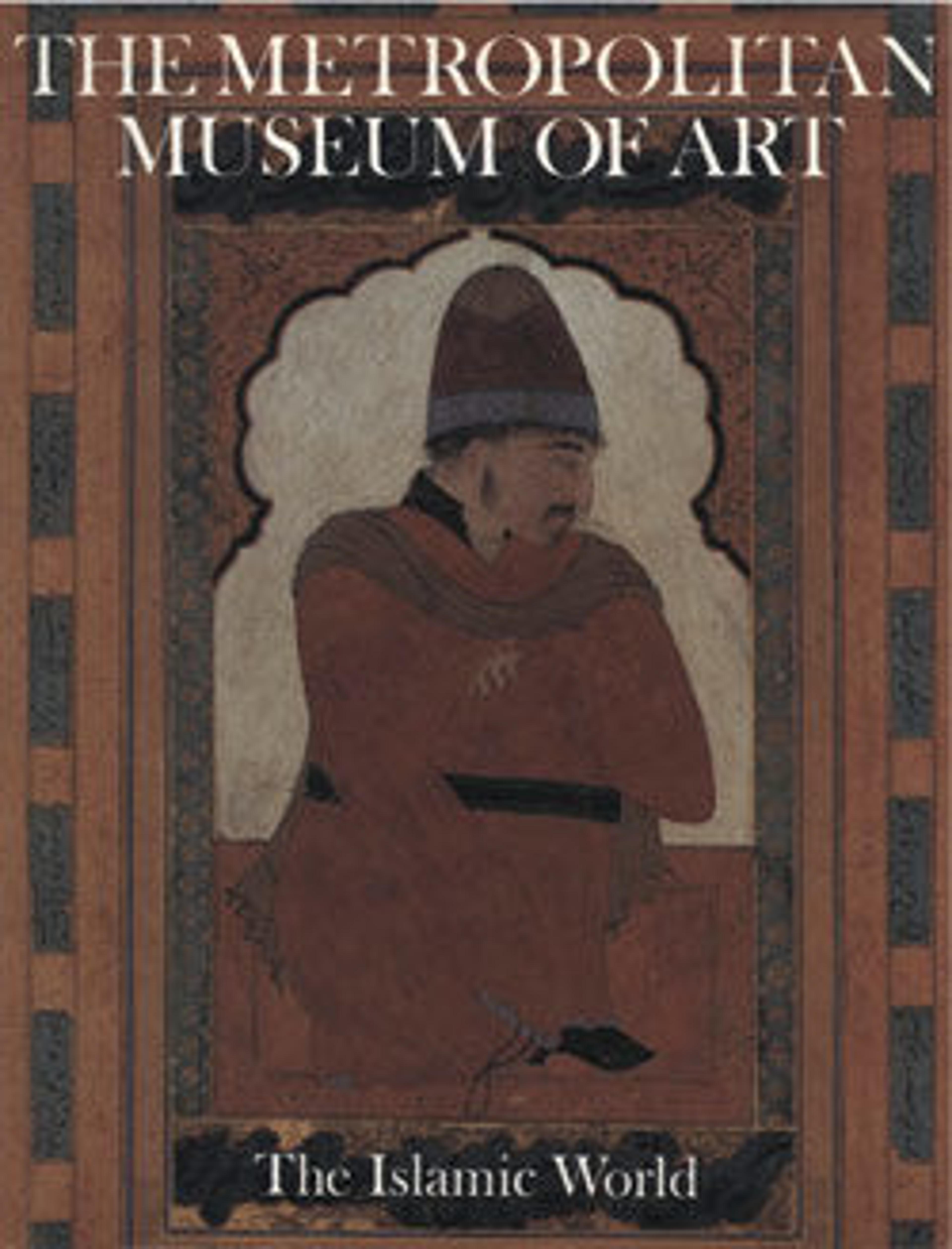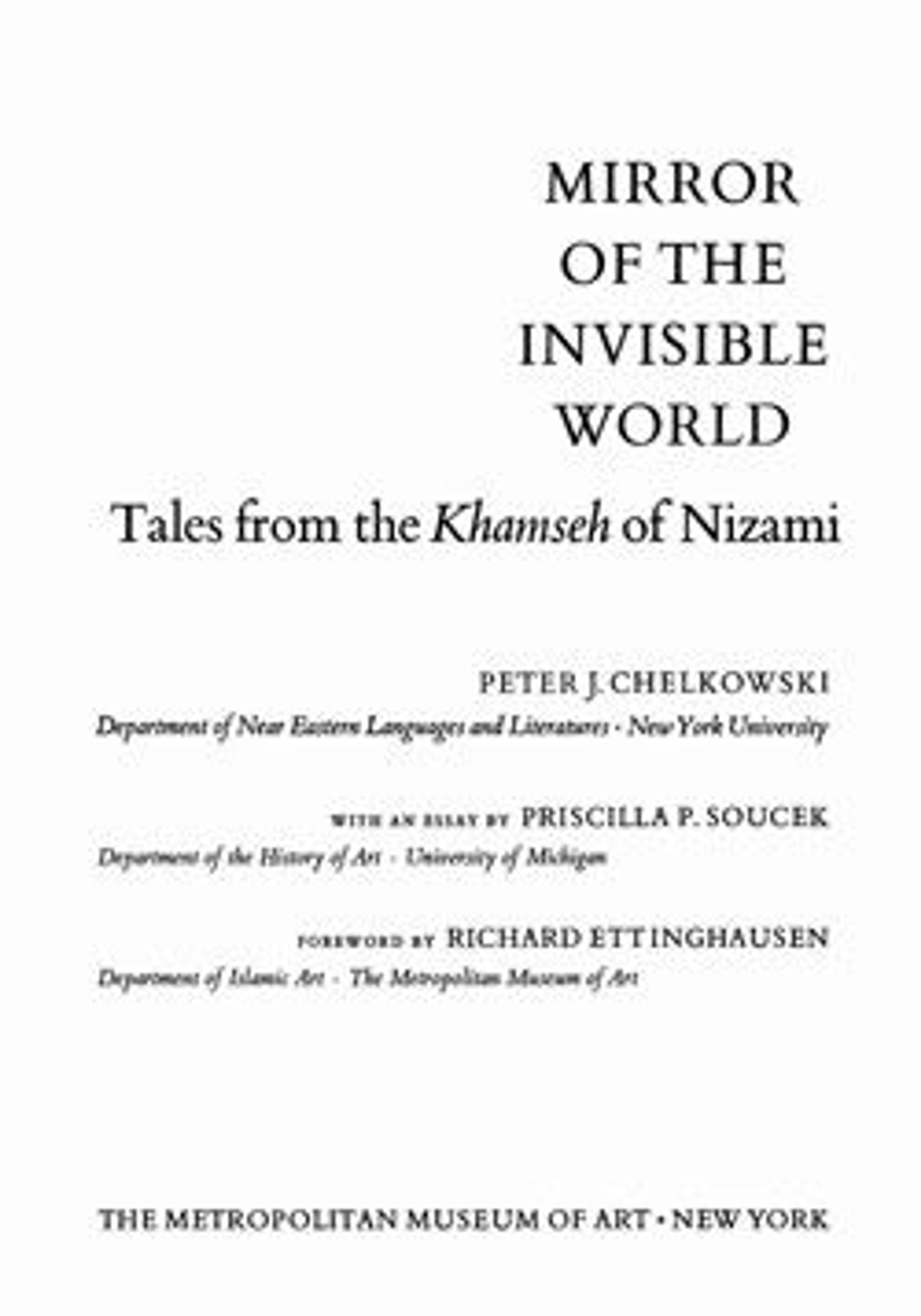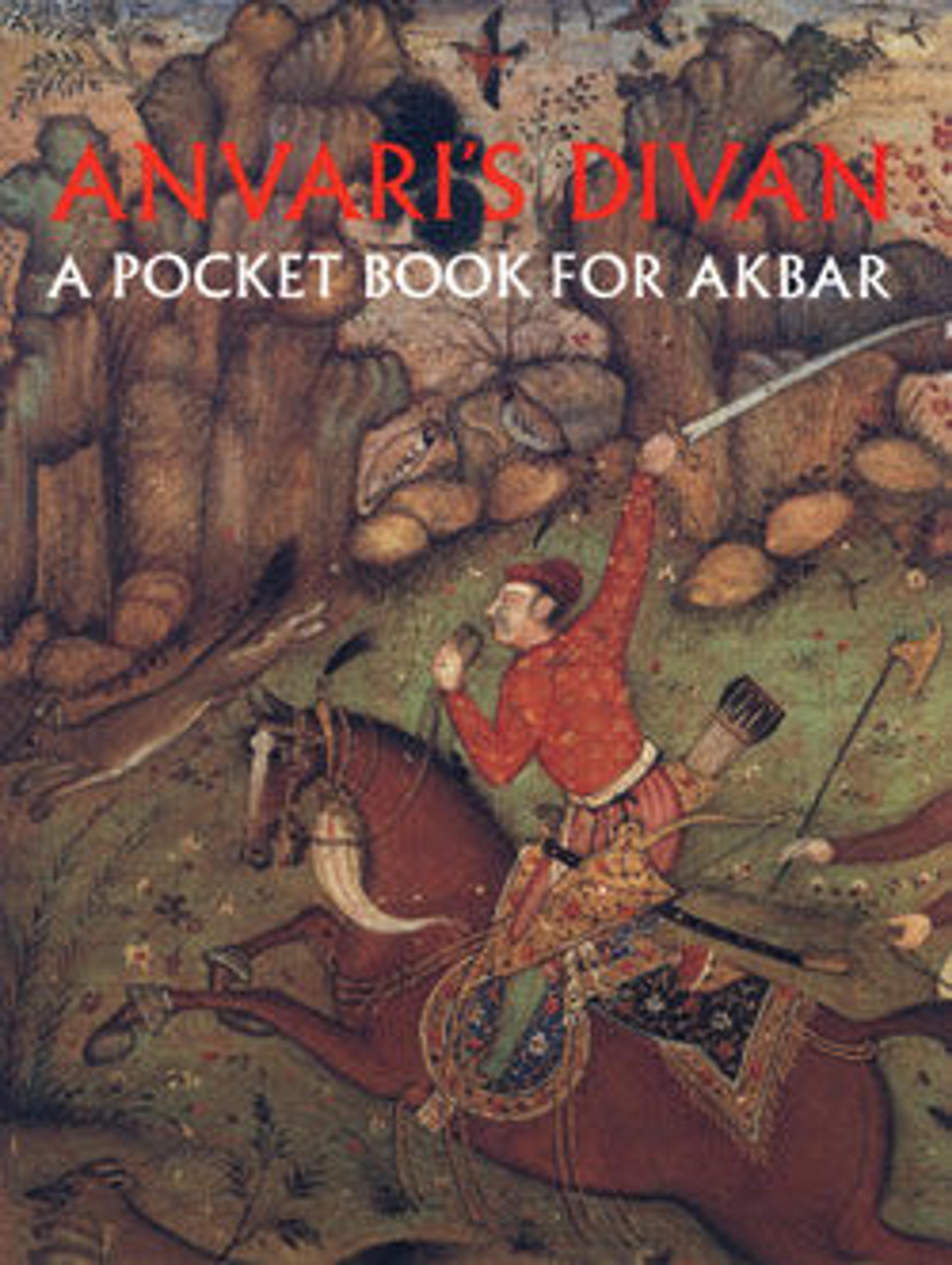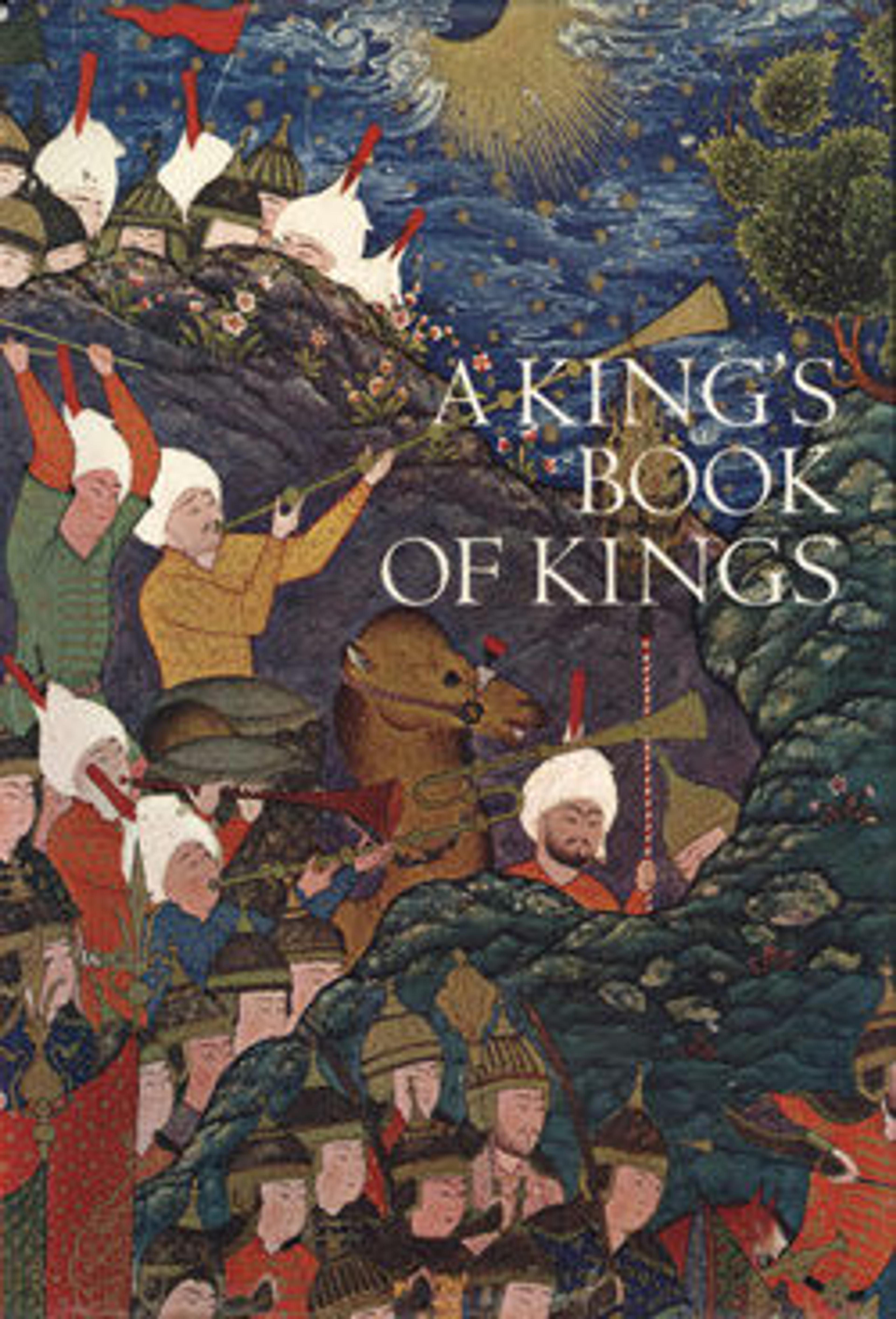
A King's Book of Kings: The Shah-nameh of Shah Tahmasp
Composed in the tenth century by the poet Firdowsi, the Shah-nameh or Book of Kings is Iran's central literary work, a historical epic peopled with monarchs—some of inspiring goodness, others of unmatched wickedness—handsome paladins, beautiful maidens, malevolent witches, and treacherous demons. The particular manuscript of the Shah-nameh introduced here by Stuart Cary Welch, Curator of Indian and Islamic Painting at the Fogg Art Museum, Harvard University, is the most sumptuous one ever produced. Containing scores of paintings where other sixteenth-century Shah-nameh manuscripts contain a dozen, the Houghton Shah-nameh (identified by the name of its owner, Arthur A. Houghton, Jr.) is thought to have been commissioned about 1522 by Shah Isma'il, the founder of the Safavid dynasty, as a present for his son, Prince Tahmasp. Court artists and craftsmen continued their work on the 759 folios for the better part of two decades; as a consequence, the book offers a fascinating mixture of artistic styles.
The extraordinary quality of the paintings was known even in Shah Tahmasp's time. One commentator wrote then of Sultan Muhammad's page representing The court of Gayumars: "The boldest painters hung their heads in shame before it." While that superb image, reproduced here in color and gold, is called by Stuart Cary Welch "perhaps the greatest painting in Iranian art" others of the pages he has selected for color reproduction and special comment are clearly in the same area of merit. (A number of these 8 leaves, along with others not reproduced here, were presented to The Metropolitan Museum of Art by Mr. Houghton in 1970). In addition to tutoring the reader in the elements of early Safavid painting and the differing personalities of the masters who contributed to Shah Tahmasp's book, Mr. Welch explains the action in each of the illustrated scenes. Pictorial "close-ups" for each scene permit one to savor their details, exquisite, charming, or astonishing. When A King's Book of Kings first appeared, in 1972, as part of the 2500th anniversary celebration of the founding of the Persian empire, reviewers called it "important and handsome" and "a delight, an education!' And so it is.
Met Art in Publication
You May Also Like
Press the down key to skip to the last item.
Citation
Welch, Stuart Cary, and Stuart Cary Welch. 1976. A King’s Book of Kings: The Shah-Nameh of Shah Tahmasp. New York: The Metropolitan Museum of Art.
